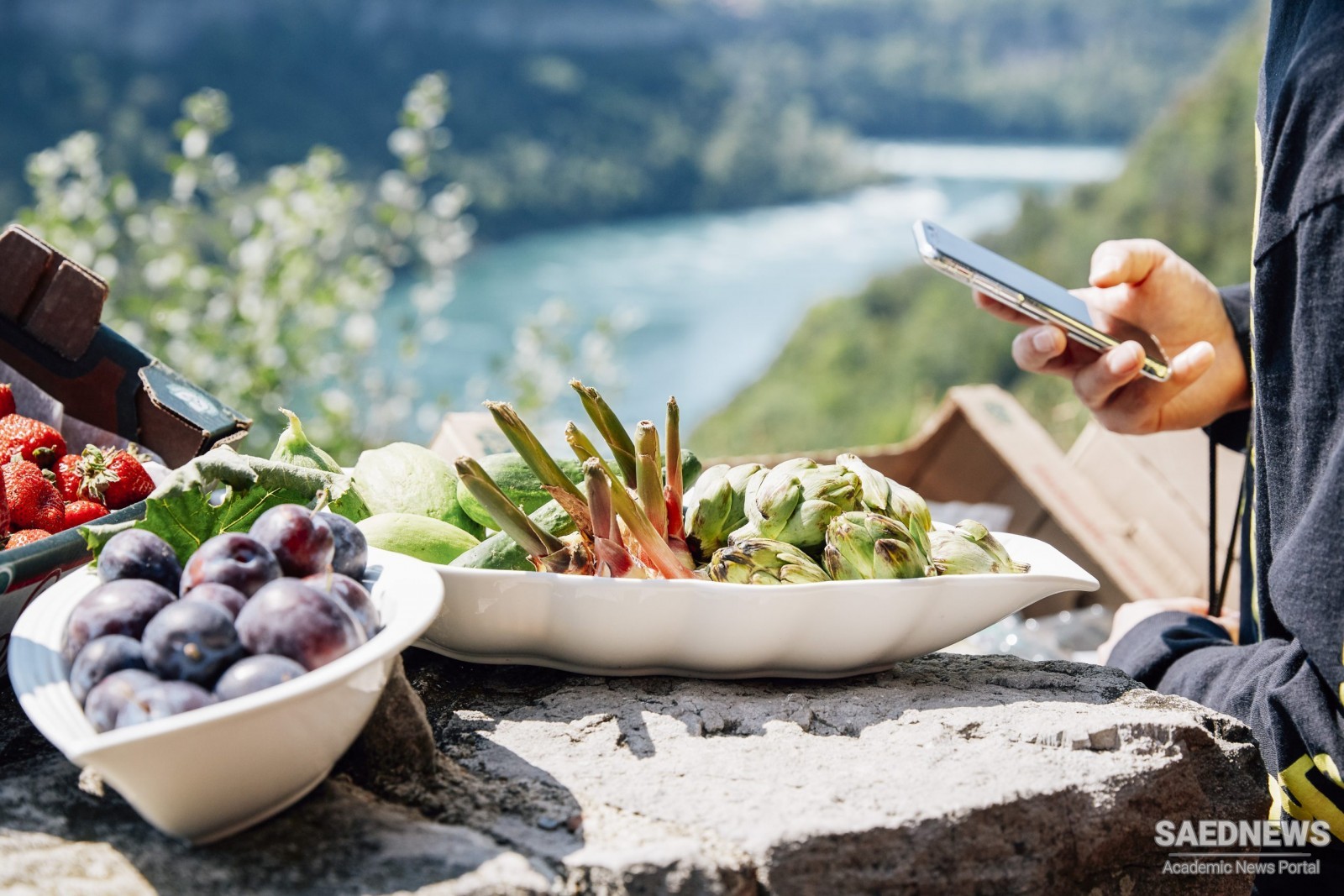The character of action here is making the investigation as a recreational experience on holiday or day visit. The questions are: why is these being done and how? O’Hagan delivers some causes in society, which it would be reasonable to assume find reflection in tourists. He believes that ‘in the world at large, GM crops are corrupting the relation of people to the land they live in". So, again fear is suggested as the society impulse, and in this instance not only fear about food safety but fear of loss of connection to the traditional process of food production and which is based in land and different seasons.
The growing to a sizeable minority of the market for organic food and drink is doubtless rooted in fear of other types and much as positive enthusiasm for organic food and drink in themselves and for their style of production and presence. A recognition and attempt to rectify it – by both general consumer and provider – of the ‘a town-country schism’ Harvey depicts as present in the UK. The split has delivered ‘parallel cultures in one small, crowded island’, and the cause he describes as being ‘Enclosures and two centuries of industrialisation’. Nettleton reports a survey of Country Life magazine showing ‘a disturbing lack of knowledge of nature and the countryside among the nation’s schoolchildren’. O’Hagan visits a large London supermarket of Sainsbury’s and is told that ‘Real food’ is what the consumer wants.
Travel which views food is itself encouraging a greater speciality food interest, as O’Hagan was advised in this remark of a Sainbury’s food technologist ‘People go to Tuscany … and they eat Parma ham and they come back here and they want it all the time’. The presence of the magazine entitled Food and Travel is revealing evidence of a food and drink tourism sector of interest, as is the burgeoning number of country guides of the Lonely Planet World Food series.
A direct aim of discovering about a culture is one aim of a tourist’s interest in food. Chesser opines firmly, ‘To understand a culture, an individual must experience its food. Tourists visiting a region experience the culture through the goods they consume, as well as through the people and attractions. The food of a region is often a primary attraction’. The report Tourists’ Attitudes Towards Regional and Local Foods, produced for the MAFF and The Countryside Agency, describes the varying amount of ‘perceptual links between food, drink and cultural tourism’ depending on which country tourists are in. It notes that when in Scotland, France and Italy, tourists ‘closely integrate experience of food and drink within their wider holiday experience’ but adds ‘However, in other countries or regions tourist’s [sic] have little recognition of this element in the culture of the region’. This delivers the outcome that building awareness in tourists about the history and culture of food and drink is a necessary task for some among countries wanting to offer food and drink tourism as a tourism product.


 Food Tourism and the Consumer Needs
Food Tourism and the Consumer Needs














































